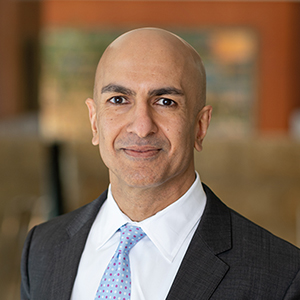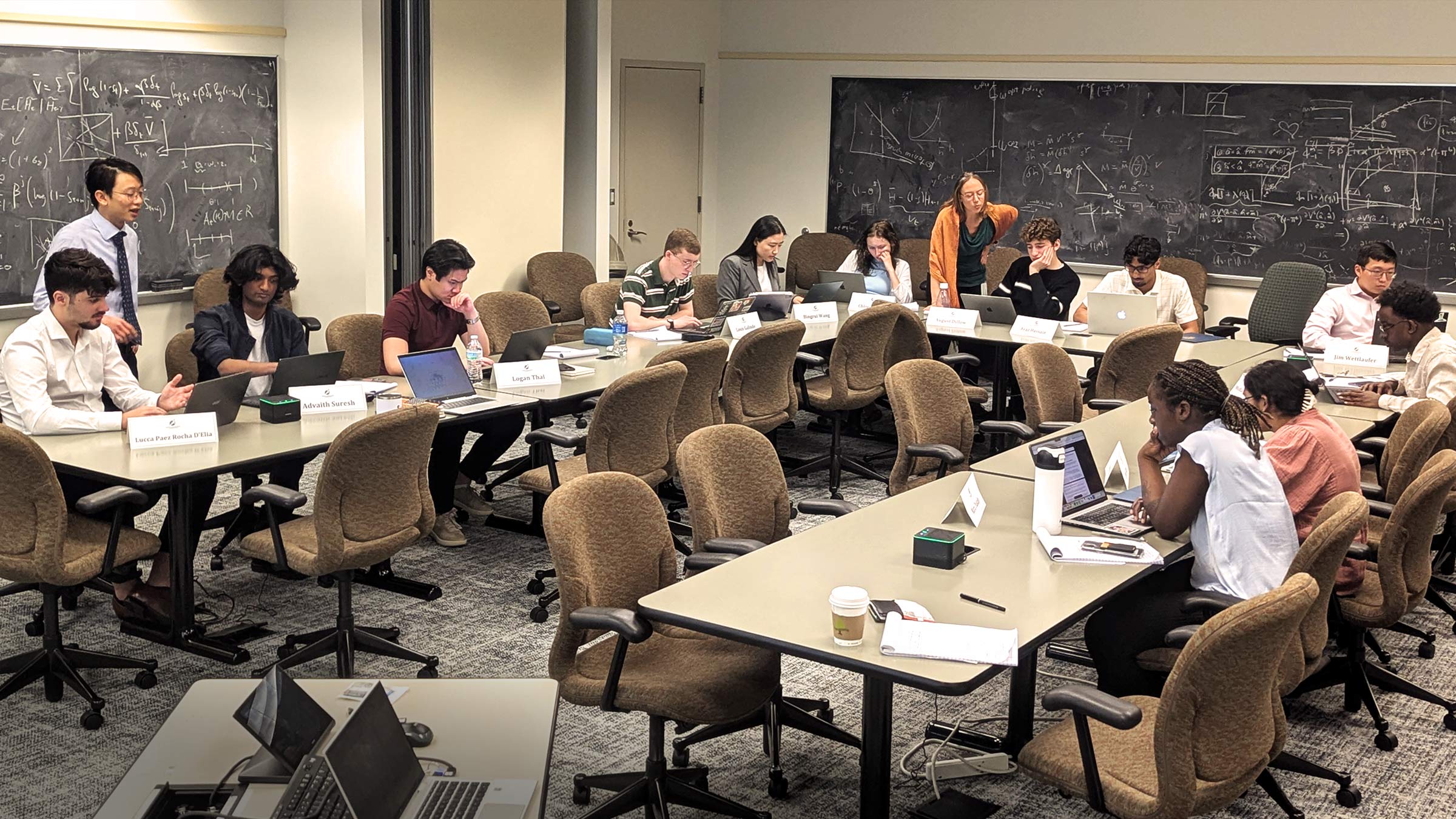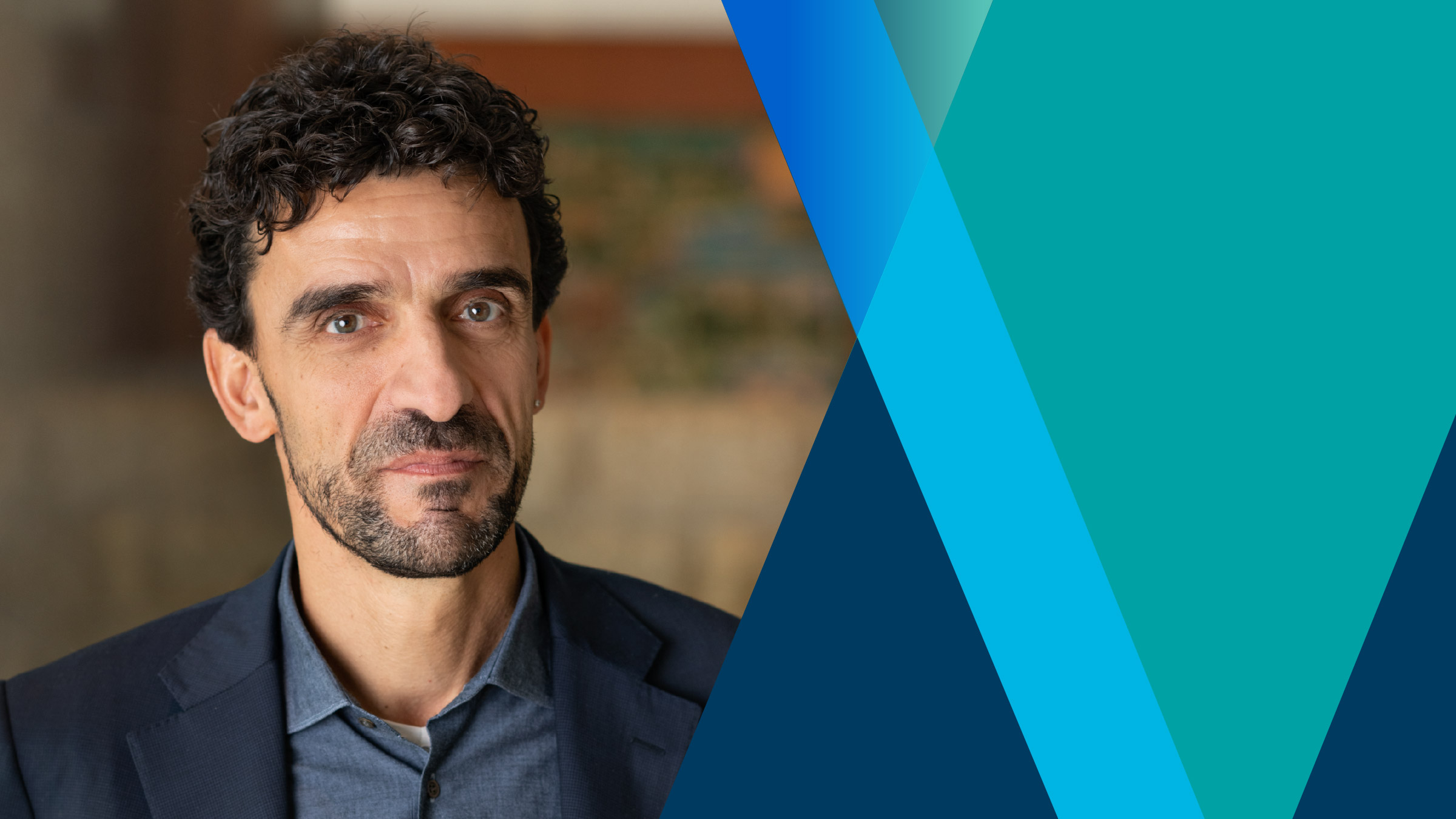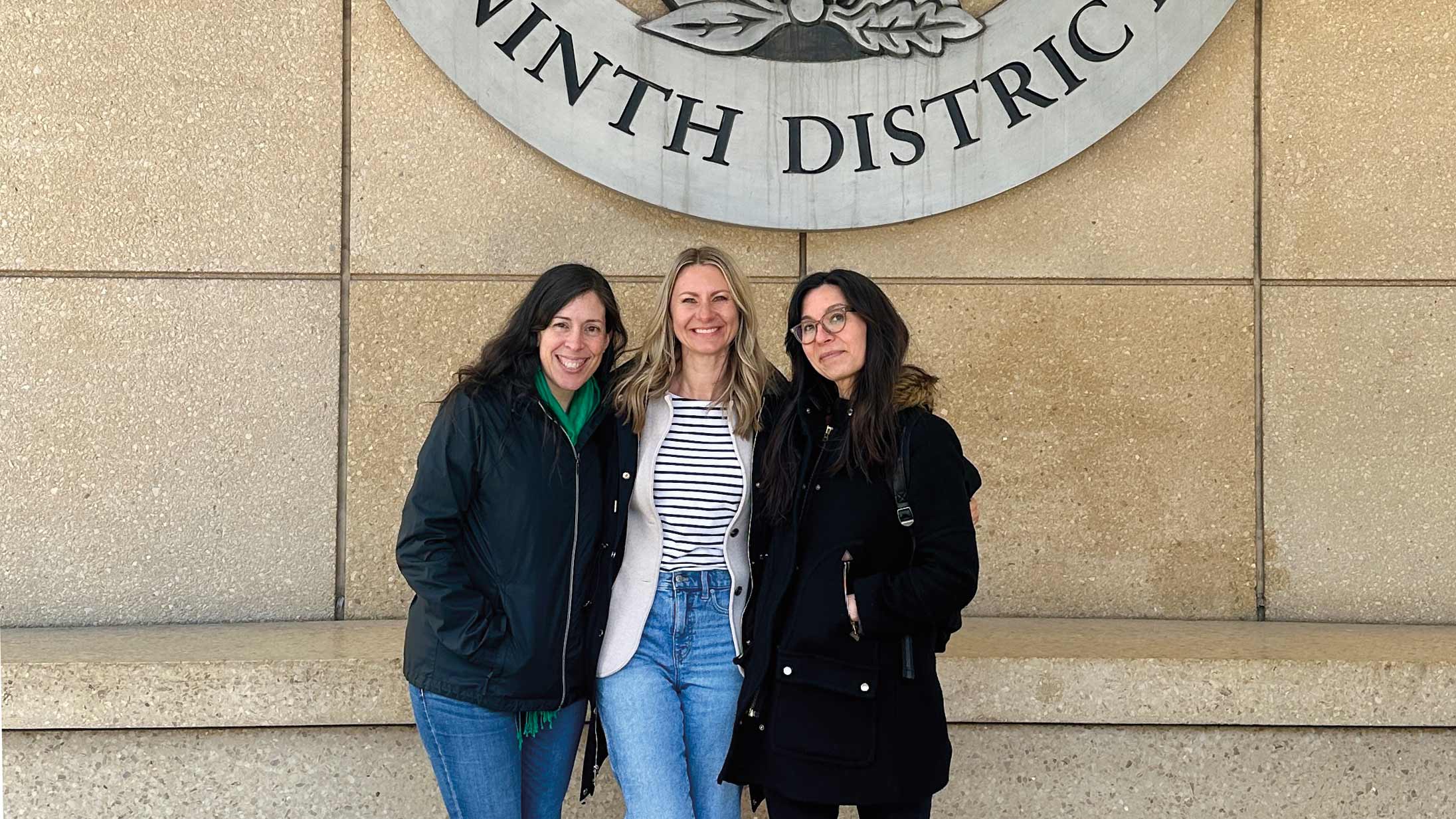When I moved to the Federal Reserve’s Ninth District, which spans an area from Michigan’s Upper Peninsula to Montana, I was struck by a disturbing paradox.
The diversity and strength of our economy are inspiring. We have a well-educated, high-performing workforce and, on average, low unemployment. Our labor force participation ranks high. Our poverty rate ranks low.
But for all its successes, the benefits of our strong economy are not experienced by all of our citizens. We have some of the nation’s worst economic disparities. The difference in median annual household income between whites and African Americans is stark. In Minnesota, the region’s most populous state, the gap is nearly $36,000.
Poverty is prevalent—and gaps are large—among this district’s whites as well. In over half of our counties, 10 percent or more of the white population lives below the federal poverty line. Pockets of white poverty blemish rural areas in all of our district’s states.
Along many dimensions, our Native American communities receive the smallest share of our bounty. For example, the unemployment rate on South Dakota’s Pine Ridge reservation is three times the national rate, and median household income for American Indians there is less than half the national average for all races.
Disparity in outcomes and lack of economic opportunity know no racial, ethnic, or even geographic boundaries.

While this contrast is both stark and surprising for the heartland region I represent at the Fed, we are not alone. This is a national dilemma. America’s world-leading economy is afflicted by glaring distributional inequalities and appears unable to provide opportunities for those in need of them.
What are the structural factors behind such disparities? In the context of global competition and ongoing technological change, how do we create a robust economy that includes all Americans? How can we build an economy that works for all?
Creating the Institute
We believe the Federal Reserve has a role in answering these questions and addressing these challenges. Congress gave us a dual mandate: to promote stable prices and maximum employment. By maximum employment, we mean an economy that has job opportunities available for all who seek work.
The traditional view among central bankers is that there’s little we can—or should—do about economic opportunity and inclusive growth. But I believe we need to re-examine that assumption. We need to look beyond averages to see what effect national policies have on different groups. And perhaps we need to study whether such inequalities might be having a negative impact on growth by curbing aggregate demand and stifling human capital development.
If we can understand the root causes of different distributional outcomes and identify potential policy solutions, we believe it is the Federal Reserve’s responsibility to summon our resources to do that research and suggest remedies.
That’s why we established the Opportunity & Inclusive Growth Institute. To help the Federal Reserve achieve its maximum employment mandate, our goal is to conduct world-class research to improve the economic well-being of all Americans. We have a particular focus on structural barriers that limit full participation, and we use a multidisciplinary approach.
That’s where For All comes in. We want to share the Institute’s ideas with you: our nation’s policymakers; scholars and students; civic, business, and labor leaders; and educators. We hope these ideas will aid your work, moving concept to reality through meaningful policies and partnerships.





